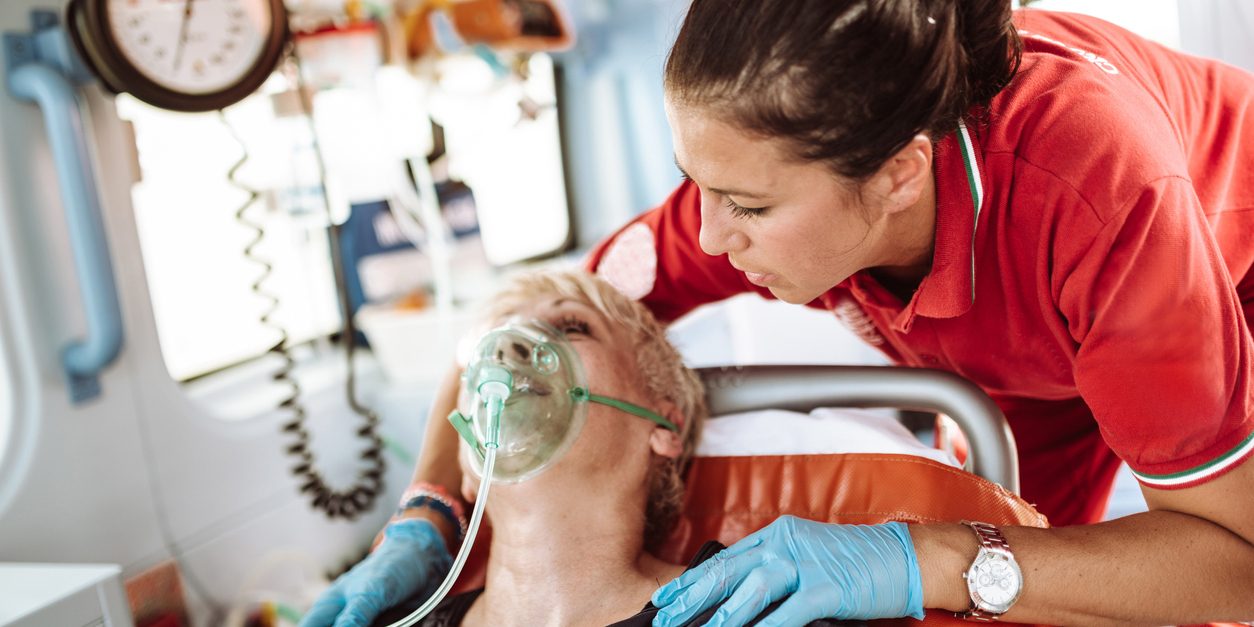
Reducing under-representation of women in stroke clinical trials
Background
- Women are disproportionately underrepresented in stroke trials relative to the burden of disease in the population.
- While women and men have a similar lifetime risk of stroke (one-in-four), women are more disabled, have worse quality of life, and require more supportive care.
- One way to address disparities in such outcomes is to ensure sufficient representation of women in stroke clinical trials, thereby increasing the likelihood that results are generalisable to women in the population.
- Clear guidance and effective implementation strategies are required to improve the inclusion of women in clinical trials.
Aim
- To provide evidence regarding the effectiveness of strategies to improve recruitment and retention of women in stroke trials.
Method
- Assess screening logs from two completed and one ongoing international trial.
- Conduct a survey and focus group discussion with stroke survivors to explore barriers and facilitators of participation in stroke trials.
- Develop and pilot test an intervention to improve retention of women in a Study Within A Trial (SWAT).
Potential Impact
This study will provide evidence for the planning and implementation of strategies to increase the number of women participating in stroke trials, thereby improving the quality of the data drawn from them.
Fast Facts
- Our research into completed large-scale stroke trials between 1990 to 2018 found only 40% of participants were women, and the figure remains low even after correction for sex-specific prevalence in the background population.





